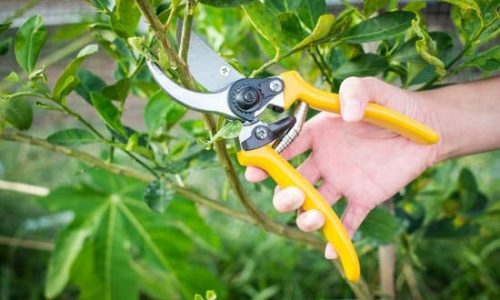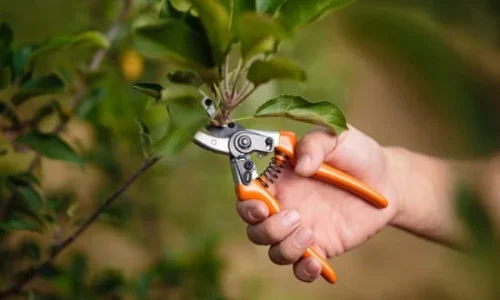

Pruning is an essential gardening skill that can help you create a beautiful and healthy garden. By understanding the benefits of pruning, using the right tools, and applying proper techniques, you can enhance the appearance and vitality of your plants. Remember to consult gardening guides or seek advice from local experts for specific pruning recommendations based on your plant species and climate.
